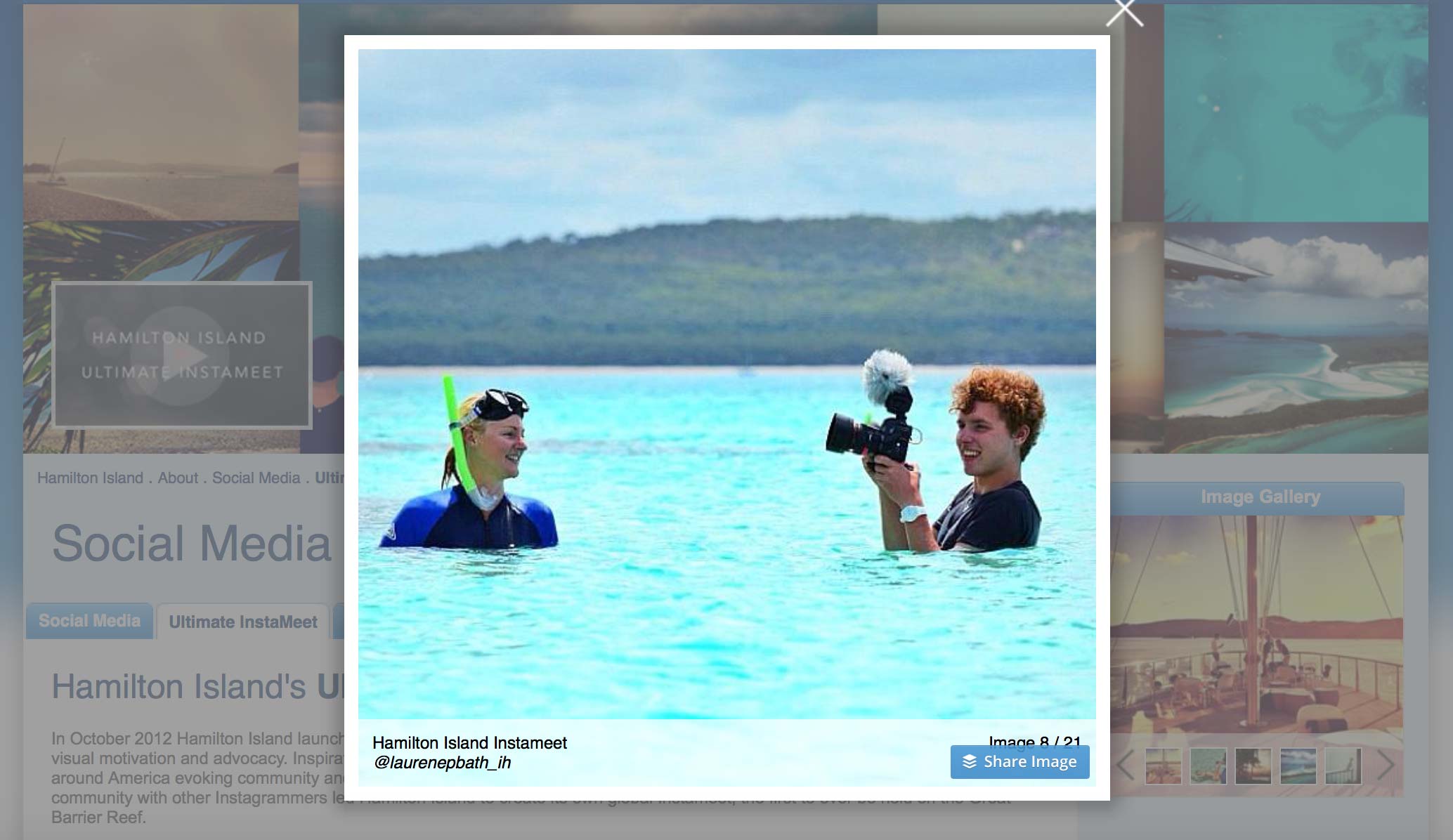The Rise of InstaMeets in Travel Marketing

Skift Take
We still haven't seen much proof about a real ROI with Instagram, but the odds are better when you have users with wide audiences outside of travel.
There are social media sleepovers, Twitter trips for tweeters, and conferences for travel bloggers, so perhaps it's only natural that crafty marketing pros would come up with a way to lure the Instagram elite to their properties, too.
Introducing the InstaMeet, where travel marketers invite some of the world's most followed Instagrammers on junkets to snap, filter, and post their way across a destination under a unified hashtag.
Hamilton Island, a dollop of sand and bush in Australia's Great Barrier Reef, was one of the first to use this method of evoking community on a grand scale when it launched the Ultimate InstaMeet in October 2012. The event paired Australian models and reality television stars with Instagram contest winners from the U.S., and generated nearly 650 photos, 850,000 "likes," 17,500 comments and 4,280 shares on Instagram.
The trendy Queensland (a regular feature in our top

